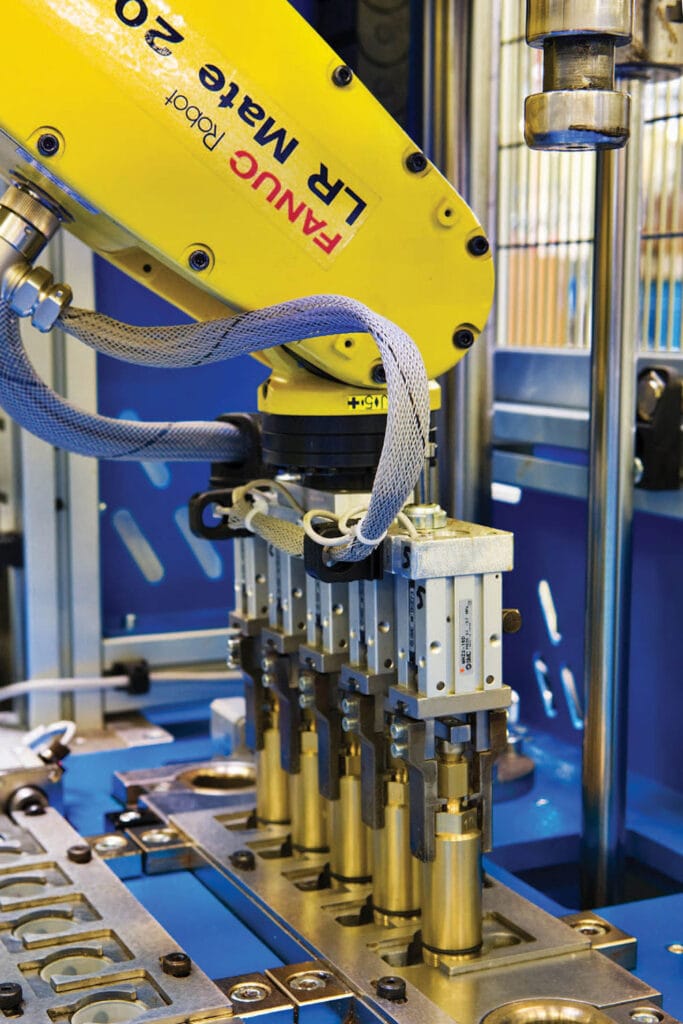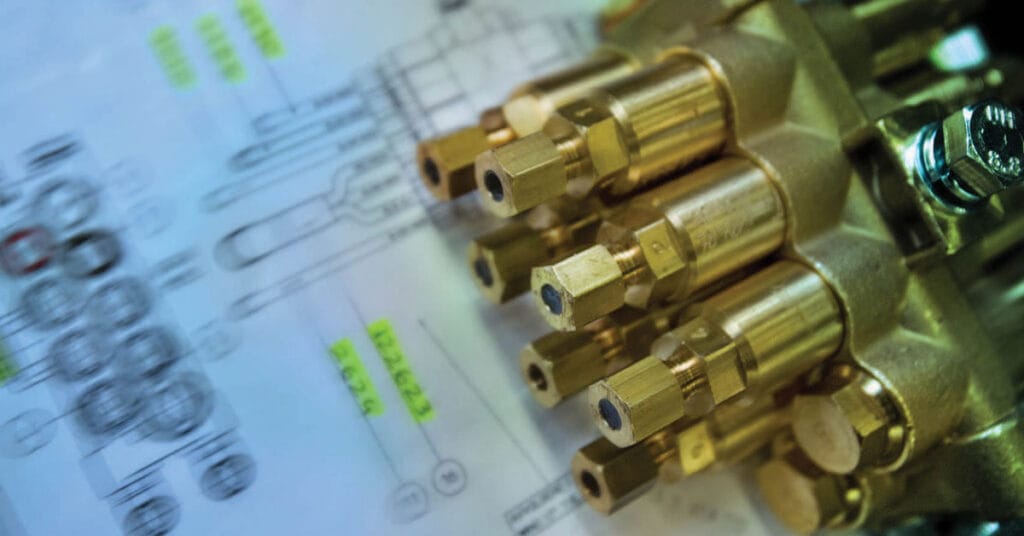Responsibility
Being Energy Responsible
Already a European leader in renewable energy production, Germany plans to use 80% renewables by 2030 and 100% renewables by 2035. The move will vastly reduce the country’s emissions and establish greater energy independence.
In the Bavarian city of Wannberg, the newest Groeneveld-BEKA facility is ahead of that curve. It is part of a global Timken manufacturing network that reduces, reuses, recycles and invests for a more sustainable world. The facility, which produces automatic lubrication systems for wind energy and mobile industrial applications, is already 100% powered by renewable energy sources.
It’s a contributor toward Timken achieving its’ own global sustainability goals. By 2030, Timken’s target is to reduce greenhouse gas emissions intensity by 50% off of a 2018 baseline.
100% renewable is ‘worth the investment’

Thomas Simon, plant manager, shares that when the facility first opened in 2019, it utilized 92% renewable energy through its local energy partner. Soon, the facility’s management team learned they could achieve 100% renewable energy by investing in a sustainability program with the supplier. Groeneveld-BEKA believes that all the energy supplied to the Wannberg facility comes from wind, solar, hydro and bioenergy sources.
That’s in comparison to Germany’s current overall energy mix, where 51% is from renewable sources, 24% coal, 12% natural gas, 12% nuclear, and 1% from other sources.
“Timken and Groeneveld-BEKA are always looking for efficient ways to leverage renewable energy sources for the benefit of our communities, customers and operations,” Simon notes. “People want to work with companies that do their part to make the world better.”
Problem solving in action: reducing energy consumption
Like Timken, Groeneveld-BEKA is made up of engineers who excel at systems thinking. Root-cause analysis is always being employed. To invest in procuring renewable energy is important, but Simon points out that “the bigger goal is to reduce our overall energy consumption.”
Groeneveld-BEKA recently implemented two energy-saving initiatives at its headquarters and manufacturing facility in Pegnitz, Germany, located five-and-a-half miles (eight kilometers) from the Wannberg facility.
The Pegnitz facility has converted its traditional lighting systems to light-emitting diode (LED) technology. Conventional incandescent bulbs inefficiently use 90% of their electricity in the form of heat. Only 10% is used as energy. In contrast, LED light bulbs utilize 95% of their electricity to produce light. This means they require far less electricity to produce more light.
To further reduce energy consumption and costs, Groeneveld-BEKA upgraded the existing compressor in the Pegnitz facility’s manufacturing operations. The new unit reduces energy consumption by 19% annually.
“Reducing our energy consumption offsets any extra costs we have in buying renewable energy,” Simon explains. “It’s not enough to simply buy renewable. We have a responsibility to reduce our energy reliance in the first place. It’s about balance.”
Global and local Timken EHS teams work together to advance the company’s sustainable practices. Learn how we collect and analyze enterprise data to improve sustainability worldwide – and how our team in Sosnowiec, Poland, reuses steam from compressors to heat an entire production facility.
Last Updated: 2022/10/14
Published: 2022/10/12

